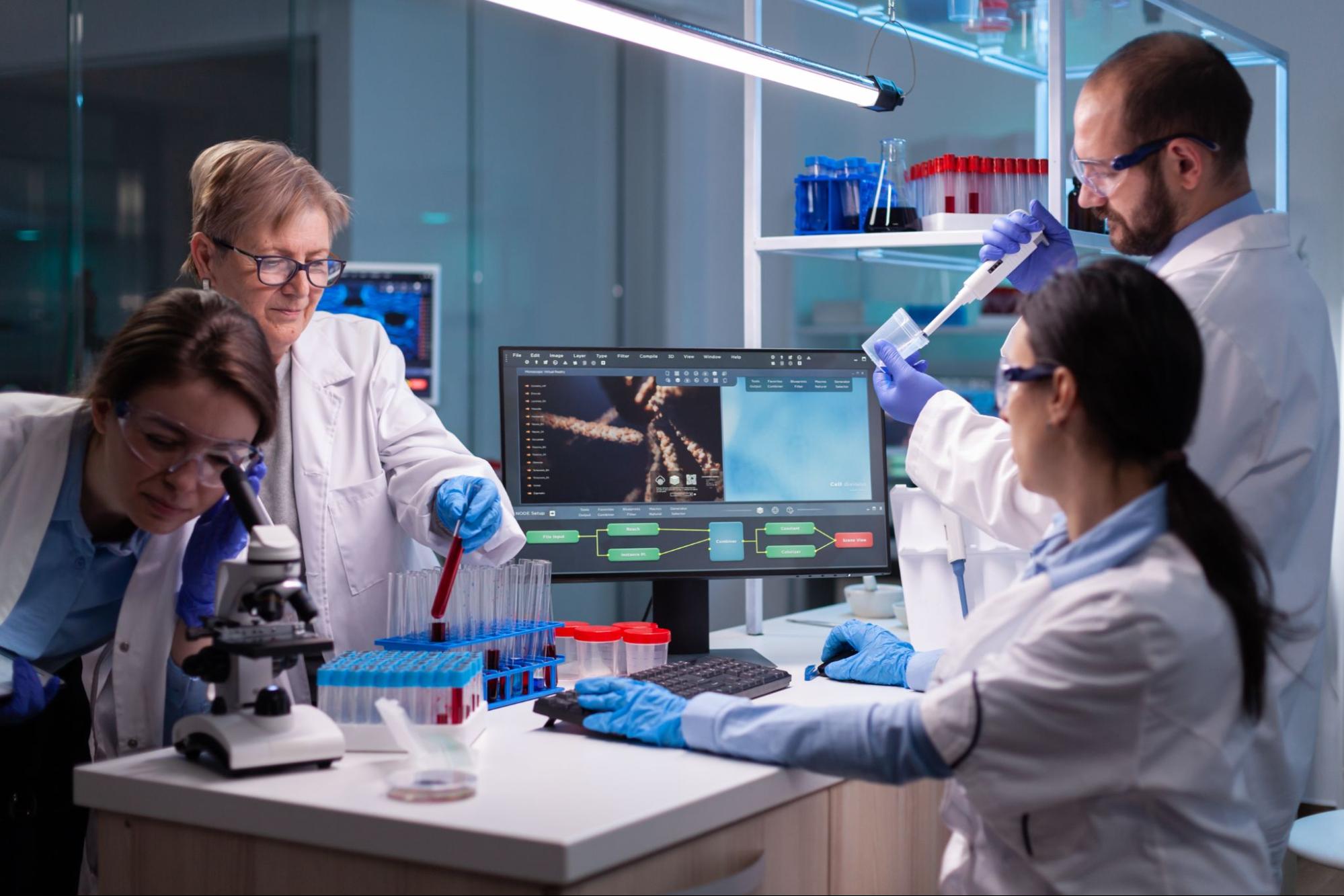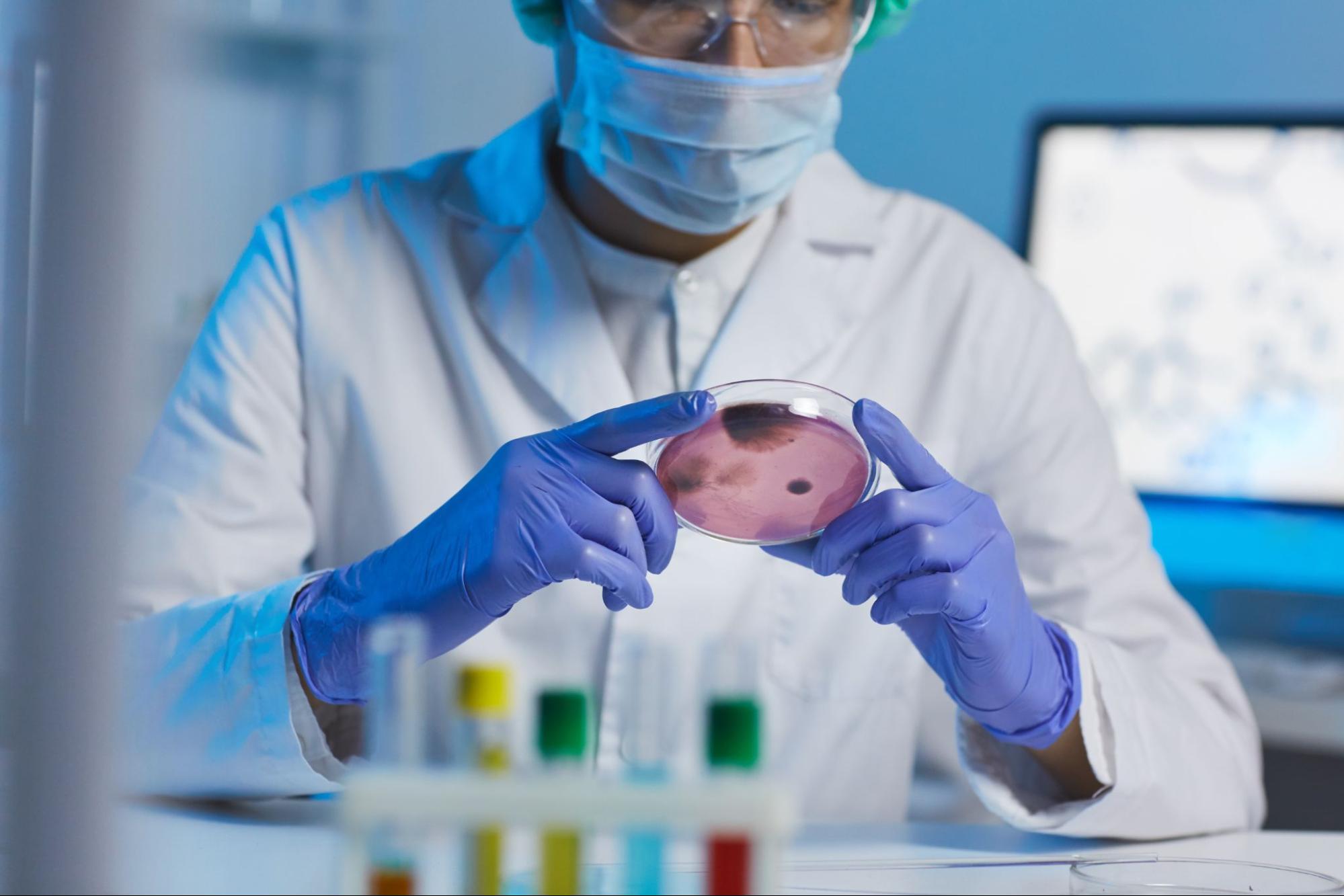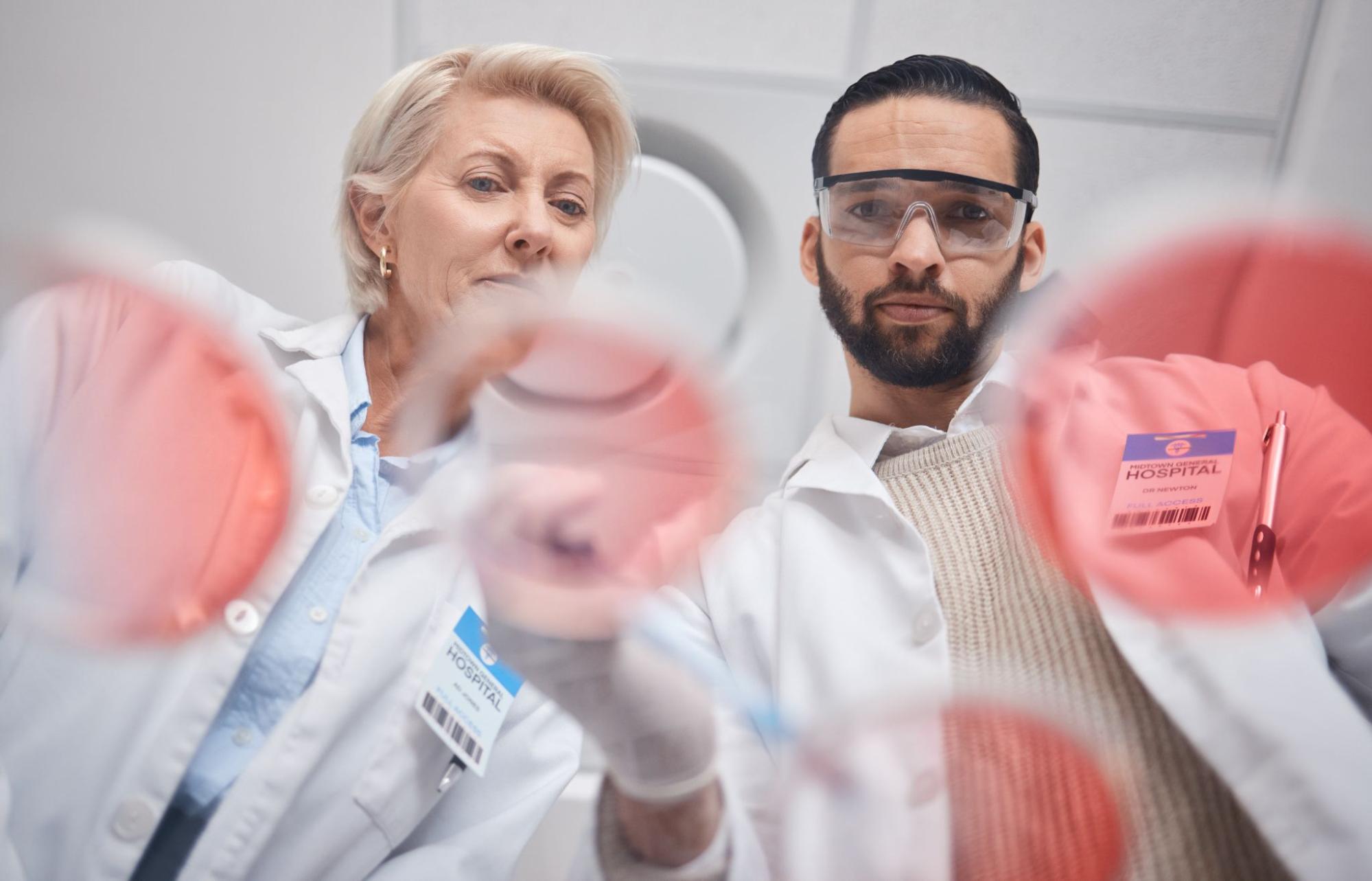
Where Are Stem Cells Found?
Stem cells are the foundation of life. These remarkable cells can self-renew and differentiate into specialized cell types, making them essential for growth, development, and healing. Whether in the earliest stages of embryonic development or within fully grown adult tissues, stem cells play a vital role in maintaining and repairing the body. This comprehensive blog will explore where stem cells are found, their different types, and their significance in medical science and regenerative medicine.
What Are Stem Cells?
Stem cells are undifferentiated cells capable of transforming into different cell types. Unlike specialized cells such as muscle or nerve cells, stem cells have two defining characteristics:
Self-Renewal
Self-renewal is the ability of a stem cell to replicate indefinitely, ensuring a continuous supply of new cells. It achieves this through an ongoing process of cell division, maintaining its undifferentiated state while generating identical copies.
Potency
Potency refers to a stem cell’s potential to transform into different cell types. It plays a crucial role in growth and tissue repair, and the potency level determines how many specialized cells a stem cell can become.
Types of Stem Cells
Stem cells are classified based on their potency, which defines their ability to differentiate into various cell types. Each category represents a different level of developmental potential, ranging from creating an entire organism to producing only one specific cell type.
Totipotent Stem Cells
These stem cells have the highest potency level and can develop into an entire organism. They can generate both embryonic tissues, which form the body, and extra-embryonic tissues, such as the placenta, which supports development.
Pluripotent Stem Cells
These cells can differentiate into any cell found in the human body, making them extremely valuable in research and medicine. However, unlike totipotent cells, they cannot form extra-embryonic structures, such as the placenta, necessary for fetal development.
Multipotent Stem Cells
These cells have a more restricted range of differentiation than pluripotent cells but are still highly versatile. They can develop into multiple specialized cell types within a specific tissue or organ, such as blood, muscle, or nerve cells.
Unipotent Stem Cells
These stem cells have the most limited potential, as they can only produce one specific specialized cell type. However, they can still self-renew, ensuring the continued regeneration and maintenance of their respective tissues.
Now that we understand the basics let’s explore the locations where stem cells can be found.
Stem Cells Found in Embryos
Embryos are a rich source of stem cells, particularly in the early stages of development. Their remarkable ability makes them essential for forming all the tissues and organs needed for a developing human.
Embryonic Stem Cells (ESCs)
Embryonic stem cells are derived from the inner cell mass of a blastocyst, a hollow ball of cells that forms within the first few days after fertilization. These cells are pluripotent, meaning they can become any cell in the body. Scientists use ESCs for research and regenerative medicine because of their incredible ability to regenerate damaged tissues and grow into nearly any cell type. However, the ethical debate surrounding their use has led to strict regulations in many countries.
Fetal Stem Cells
During fetal development, stem cells remain in various tissues, including the liver, bone marrow, and brain. These stem cells contribute to the growth and differentiation of specialized tissues in the developing fetus. Fetal stem cells are more differentiated than ESCs but still have higher potency than adult stem cells. They are used in research and clinical trials to treat neurodegenerative diseases and genetic disorders.
Stem Cells Found in Adults
Stem cells are present in embryos, fetuses, and fully developed adults. Whether adult stem cells are multipotent or unipotent, they are crucial for maintaining and repairing tissues throughout life.
Hematopoietic Stem Cells (HSCs)
Hematopoietic stem cells (HSCs) are found in bone marrow and peripheral blood. They give rise to all types of blood cells, including:
Red Blood Cells
These cells transport oxygen throughout the body. They carry oxygen from the lungs to tissues and help remove carbon dioxide as a waste product.
White Blood Cells
These immune cells play a vital role in protecting the body against infections. They help fight off bacteria, viruses, and other harmful invaders to maintain health.
Platelets
These small but essential cell fragments are crucial for blood clotting and wound healing. When an injury occurs, they work to form clots and prevent excessive bleeding.
HSCs are widely used in bone marrow transplants to treat leukemia, lymphoma, and other blood disorders. These stem cells can also be harvested from umbilical cord blood, providing an alternative source for transplantation.
Mesenchymal Stem Cells (MSCs)
Mesenchymal stem cells (MSCs) are multipotent cells primarily found in bone marrow, fat (adipose tissue), and umbilical cord tissue. They can differentiate into various cell types, such as:
Bone Cells (Osteoblasts)
These cells are responsible for forming new bone tissue. They help in bone growth, repair, and mineralization by producing the bone matrix.
Cartilage Cells (Chondrocytes)
These specialized cells maintain and regenerate cartilage tissue. They play a crucial role in cushioning joints and supporting structural integrity.
Fat Cells (Adipocytes)
These cells store energy in the form of fat and help regulate metabolism. They also provide insulation and protect organs from physical impact.
Muscle Cells (Myocytes)
These cells are essential for muscle contraction and movement. They generate force and enable breathing, circulation, and locomotion functions.
MSCs are being explored for regenerative medicine applications, including treating osteoarthritis, tendon injuries, and heart disease. Their ability to modulate the immune system makes them a promising tool for autoimmune diseases.

Neural Stem Cells (NSCs)
Neural stem cells (NSCs) are found in specific brain and spinal cord regions, particularly in the subventricular zone (SVZ) and hippocampus. These cells can differentiate into:
Neurons
These nerve cells transmit electrical and chemical signals throughout the body. They enable communication between the brain, spinal cord, and the rest of the nervous system.
Astrocytes
These supporting cells in the nervous system help maintain the blood-brain barrier, provide nutrients to neurons, and regulate neurotransmitter levels. They play a crucial role in overall brain function and repair.
Oligodendrocytes
These specialized cells form myelin, the protective coating that insulates nerve fibers. Myelin helps speed up signal transmission, ensuring efficient communication between neurons.
NSCs are actively studied for their potential to treat Alzheimer’s disease, Parkinson’s disease, stroke, and spinal cord injuries.
Epithelial Stem Cells
Epithelial stem cells are responsible for regenerating the skin, intestines, and other organ linings. These cells divide continuously to replace old or damaged cells.
Skin
Epithelial stem cells reside in the basal layer of the epidermis. They play a crucial role in wound healing by generating new skin cells to replace those lost due to injury.
Gut
In the intestines, these stem cells replenish the rapidly dividing cells that line the intestinal walls. This constant renewal is essential for proper digestion and nutrient absorption.
Muscle Stem Cells (Satellite Cells)
Muscle stem cells, also called satellite cells, are found in skeletal muscle fibers. These cells remain dormant until activated by muscle damage or injury, at which point they divide and generate new muscle tissue. Satellite cells are being studied for their potential to treat muscular dystrophy and age-related muscle loss (sarcopenia).
Stem Cells Found in Special Locations
In addition to embryos and adult tissues, stem cells are present in unique locations throughout the body. These specialized stem cells can be found in teeth, amniotic fluid, and reproductive organs, each serving distinct roles in regeneration and repair.
Dental Pulp Stem Cells
Inside teeth, within the dental pulp, reside stem cells that can generate dentin, the hard tissue beneath the tooth enamel. These dental pulp stem cells (DPSCs) are being explored for regenerative dentistry and even treatments beyond oral health, such as nerve and heart tissue repair.
Amniotic Stem Cells
Amniotic stem cells are found in the amniotic fluid and the placenta. They are multipotent and have significant potential for regenerative medicine. Since they are derived from a noncontroversial source, they provide a promising alternative to embryonic stem cells.
Testicular and Ovarian Stem Cells
Germline stem cells (GSCs) in the testes and ovaries give rise to sperm and egg cells, respectively. Recent research suggests that these cells may have regenerative capabilities beyond reproduction.
How Are Stem Cells Used in Medicine?
Stem cells are revolutionizing modern medicine. Their ability to regenerate damaged tissues has led to breakthroughs in treating various conditions, including:
Blood Disorders
Bone marrow transplants can treat conditions such as leukemia and lymphoma. Stem cells from the bone marrow help restore healthy blood cell production in patients with these diseases.
Neurodegenerative Diseases
Disorders like Parkinson’s and Alzheimer’s may benefit from stem cell therapy. These treatments aim to replace damaged neurons and restore lost brain function.
Heart Disease
Stem cell-based cardiac regeneration is being explored to repair heart tissue. This approach could help improve heart function after a heart attack or other cardiac conditions.
Diabetes
Stem cells are being used to develop insulin-producing pancreatic cells. This research holds potential for treating type 1 diabetes by restoring the body’s ability to regulate blood sugar levels.
Orthopedic Injuries
Stem cell therapy is being investigated for joint and tendon repair. It may help regenerate damaged cartilage, tendons, and ligaments, offering new treatment options for musculoskeletal injuries.
Future of Stem Cell Research
While stem cell therapy holds immense promise, challenges remain. Ethical concerns, immune rejection, and uncontrolled cell growth (tumor formation) must be addressed before widespread clinical applications. However, advancements such as induced pluripotent stem cells (iPSCs)—adult cells reprogrammed into a pluripotent state—offer new opportunities to overcome these hurdles.

Where Are Stem Cells Found and Why Are They Important?
Stem cells are found throughout the body, from embryos to adult tissues. Their regenerative potential makes them invaluable for scientific research and medical applications. As technology progresses, stem cell-based therapies could transform medicine, offering hope for conditions once thought untreatable.The future of regenerative medicine is bright, and stem cells are at the heart of this exciting field.
Stem cells play a crucial role in medical advancements, offering hope for treating various conditions. To learn more about stem cell research, applications, and the latest breakthroughs, visit the Stem Health Plus LLC blog.
